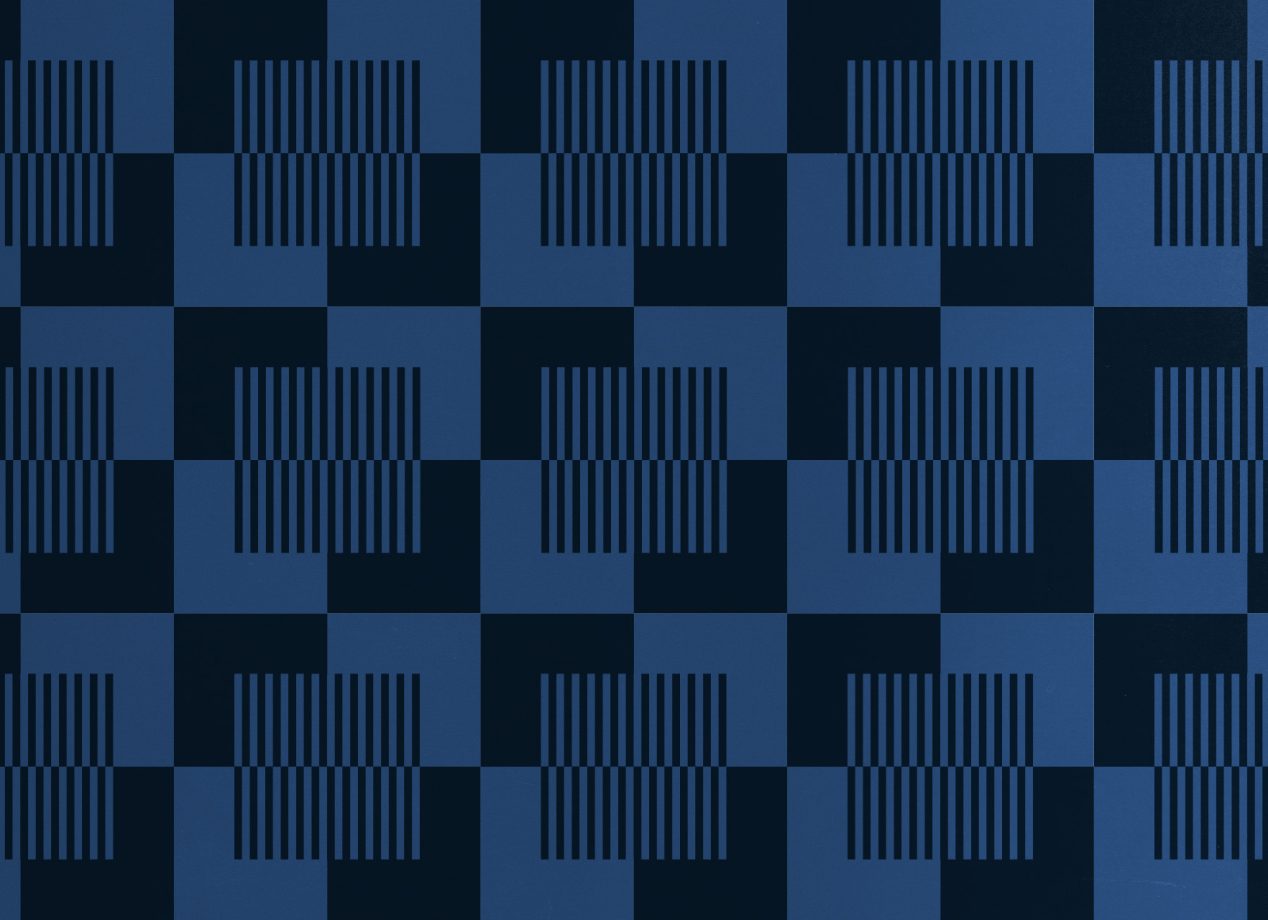We live in a designed world and interact with designed objects on a daily basis. From transport systems, to our electronic gadgetry, to the furnishings of our homes – everything that is manmade is designed. The contemporary design field is understandably diverse, and with its parameters and boundaries rapidly changing with the improvements in technology, it is an incredibly exciting area in which to work.
‘Design is to design a design to produce a design’
Ultimately, design is the human capacity to shape our environment in ways which serve our needs and which gives meaning to our lives. The growth of digital design and of 3D printing is dramatically altering the design landscape and the way in which design is developed, produced and sold. Interiors and objects are part of everyone’s lifestyle, even more so than art, and they convey much about who we are. With the expansion of 3D printing, we are moving into a situation where we might become designers and producers ourselves, in our own homes: the normal designer/producer/retailer/consumer relationship is changing and with it, career opportunities in the field.
London – a Design Capital
London is undoubtedly one of the key design capitals at the moment, with a noticeable increase recently in the number of design galleries in London. Galerie Fumi, 19 Greek St, Gallery Libby Sellers have all opened in recent years, and only this year Galerie Kreo, a significant gallery for contemporary design in Paris, opened a branch in London. New craft galleries have opened too, including the New Craftsmen, and Contemporary Applied Arts moved to larger premises in Southwark in 2013.
The city also has world class museums of design, notably the V&A but also the Design Museum which is shortly to move into expanded premises in Kensington; and other venues such as Barbican Art Gallery often have design shows. The exhibition Disobedient Objects, which runs until February 2015 at the V&A, is devoted to politicised or activist design - objects from the 1970s onwards which have been used as a medium of protest against regimes, events, situations. This type of design seems different to the high-end decorative art and design pieces one traditionally associates with the museum and is also indicative of a broadening awareness of our material culture.
These developments, together with fairs such as PAD, Clerkenwell Design Week and the London Design Festival, are all indicative of the vibrancy of the London design scene and why the city is not only a great place to study design, but also for pursuing a career in the design world.
Career Opportunities
The job market is competitive but if one bears in mind the breadth of the field, then one sees that opportunities are myriad. Within the design industry itself there are many roles in design studios and interior design practices themselves, in manufacturing and in the retail sector. In a design or interior design studio, for example, there are PR, marketing and manager positions. With interior design, historical knowledge can be crucial for particular clients and commissions. Most mass-produced design is sold through retail outlets, large and small and buying and sales roles here entail daily contact with designers and manufacturers and the objects themselves. Then there are the commercial galleries which work directly with designers to develop and exhibit their work, and the auction houses which sell design pieces. In addition, as with the wider art world, there are many opportunities in museums, journalism, and the media.
Networking and meeting people in the field is crucial. It is important to visit galleries, exhibitions, and fairs such as those in London, not just to view the stands or the exhibits, but actively to talk to the individuals involved. Show your interest, knowledge and understanding, and make your presence memorable. When possible, read industry magazines and blogs such as Dezeen, Design Addict, Icon, yatzer, and designboom to keep up to date with the happenings in the market. It can also be useful to obtain work place experience – many galleries offer short-term internships which provide invaluable exposure to the design environment but, perhaps even more importantly, often opportunities for networking which can often lead to a job.
Finding a job in the design word is competitive, but with understanding, knowledge and experience of the market you will be able to make the most of the breadth of opportunities in this continually evolving field.
